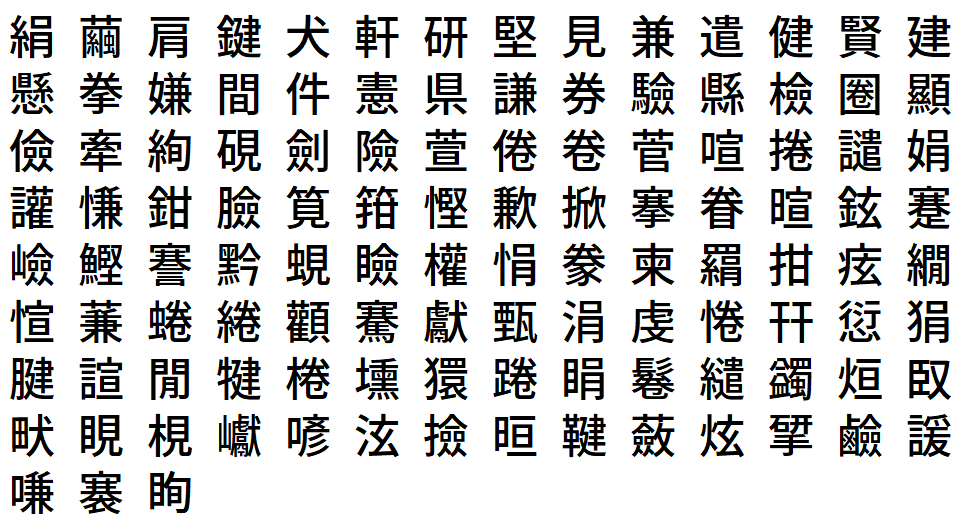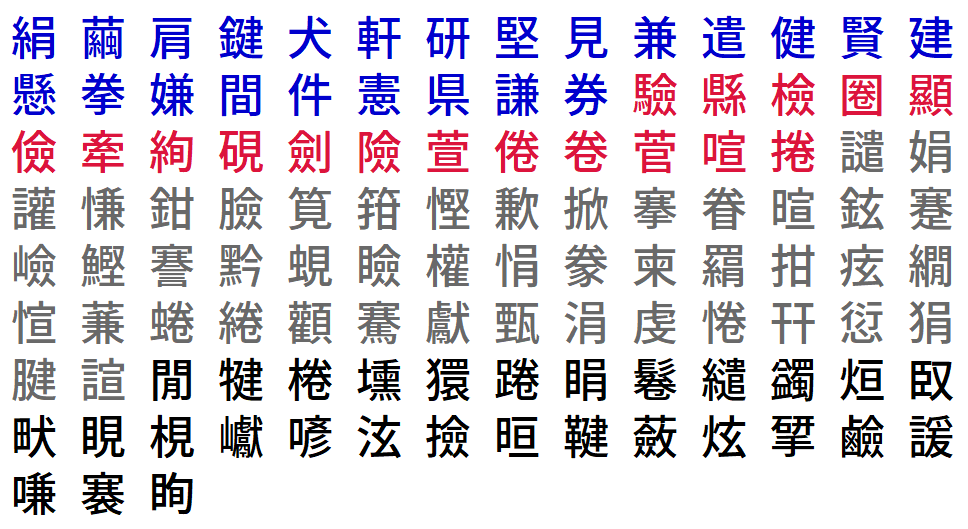The Method
The sheer amount of kanji required for mastering Japanese can be overwhelming; for the uninitiated it will seem unsurmountable! This fact alone is responsible for putting potential students off the language, more than any other reason you can imagine.
Completely reasonable, though. There are simply too many of them, varying in stroke count and radical combinations, with their multiple readings and multiple meanings.
However, there's a method to 'filter out the noise' and focus only on the kanji you need to learn FIRST. Remember the jōyō kanji - the group of 2000+ kanji needed to graduate junior high school in Japan? They're still absolutely relevant for both Japanese natives and students abroad, and should be studied before anything else... but jōyō is about one third of all the kanji you'll find in Japanese literature. Jōyō and non-jōyō kanji come lumped together all the time... and if you're not familiar with non-jōyō kanji, how can you tell them apart? "Is this kanji common or rare?!" "Shouldn't have I learned this kanji by now!?!"
It's this feeling of unfamiliarity that causes the dread of learning kanji - it really feels like there's an unlimited number of them, and the more complex they get the more similar to each other they become. It's madness! I also felt this dread, and one day came up with a simple solution for it.
Take a look at the map below. I call it:
“THE Horizon”

This cluster of 6300+ kanji is the single most important group of kanji in the Japanese language and the only bunch you should concern yourself with. So important, the official test for kanji proficiency in Japan - the Kanji Kentei - is based entirely on it. By the way, the JIS X 0208 standard, which includes the Shift JIS and EUC-JP encoding formats, is originally based on this very group. These kanji are basically the building blocks of every piece of Japanese information that exists, digitally or phisically.
A brief explanation of each group:
常用
Jōyō |
Officialy recognized by the Japanese Ministry of Education as the literacy baseline for compulsory education, and the permitted characters for use in all official government documents. This is the most frequently used group of characters in the language, and should be mastered before any other group. Jōyō means "for common use". |
人名用
Jinmeiyō |
This is the group of kanji largely used for, but not limited to, Japanese names. Jinmeiyō means "for use in names". They're used less often than Jōyō (outside names, of course). |
表外字
Hyōugaiji |
Everything that's not Jōyō or Jinmeiyō falls into this group. Hyōugaiji means "uncommon characters" or "characters outside the list". It's the biggest group, but the least frequently used. |
|
So, let's say you're presented with the following group of kanji.
Would you know, at a glance, which kanji you should focus on FIRST?

What about now?

I may have saved you
a lot of time.
All the dictionaries in this collection are sorted and colored according to the "Horizon" of most relevant kanji in the Japanese language, so you'll always know which group each kanji belongs to, and consequently which ones you should give priority in your studies.
The color-coding has another function: it's easier to remember individual kanji when they're part of a color group. Once you make the connection between a kanji and its color, you'll always remember its group.
(There is now a fourth color belonging to all kanji part of the JISX0212 group. But you don't have to worry too much about them.)
*The colors here (blue, red and gray) don't have any special meaning, I chose them because they contrast nicely with each other.